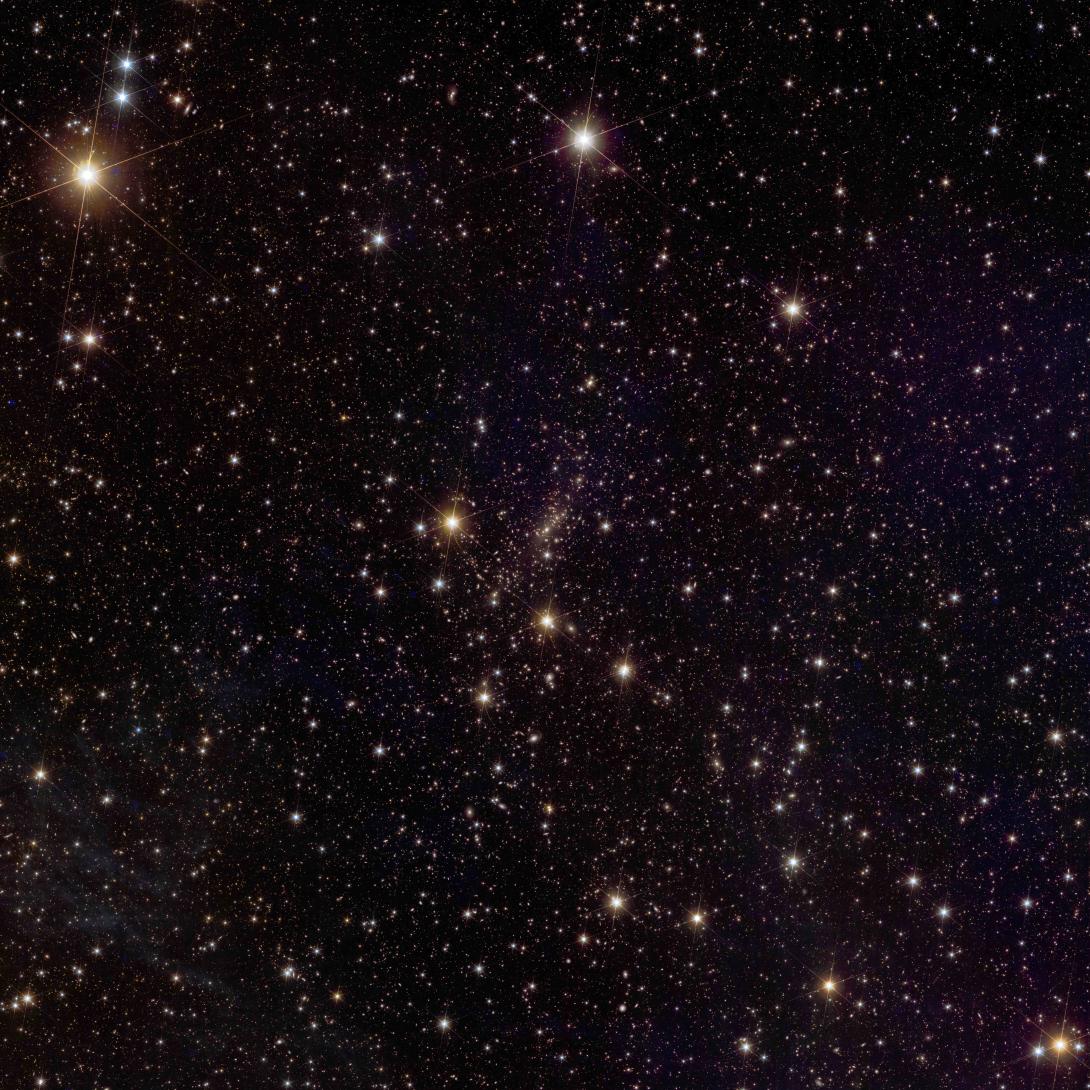Science cluster

Summary
The Astronomy Dark Matter Test Science Project (Astro-DM TSP) proposes to extend the work of the ESCAPE Dark Matter Test Science Project by creating common tools and services that facilitate joint experimental and observational constraints on dark matter properties. By leveraging the capabilities of major research infrastructures (RIs), such as the Vera Rubin Observatory and ESA's Euclid Space Telescope, the project will integrate thematic astronomical services into the EOSC, addressing the specific needs of the scientific community.
Challenge
Open Science project, Citizen science, Main RI concerned
Understanding dark matter remains one of the most pressing challenges in contemporary astronomy, with all existing experimental evidence derived from observational astronomy. Despite significant advancements in high-energy and astroparticle physics, there are currently no shared tools or services available for observational astronomers to interpret the results of direct detection experiments, nor vice versa. This gap highlights the need for a collaborative framework to integrate these disciplines effectively.
Solution
Astro-DM TSP will develop essential tools for analysing strong gravitational lensing, which provides unique insights into dark matter. The project will utilise existing services from the ESCAPE Science Cluster and ESA, including the ESCAPE data lake and Virtual Research Environment, while producing documentation on dark matter constraints, modelling Euclid's spectroscopic data on strong gravitational lenses, and developing advanced imaging tools for both Rubin and Euclid. These efforts will ensure that all generated data remains FAIR-compliant, fostering sustainable re-use and reproducibility across the astronomical community.
By leveraging the capabilities of major RIs, such as the Vera Rubin Observatory and ESA's Euclid Space Telescope, the project will integrate thematic astronomical services into the EOSC, addressing the specific needs of the scientific community.
Scientific Impact
Astro-DM TSP significantly advances dark matter research by integrating observational and experimental approaches. It enhances collaboration among astronomy, astroparticle, and particle physics communities. The project aims to develop essential tools for analysing strong gravitational lensing, enabling the discovery of rare lensing events and high-redshift galaxies. By producing joint derived data products from the Euclid Space Telescope and Vera Rubin Observatory, it aims to maximise scientific output and efficiency. The tools developed will support future research across multiple major RIs, including HST, JWST, and NASA's Roman space telescope. The project will also promote FAIR data principles, ensuring sustainable reuse and reproducibility. Ultimately, Astro-DM TSP contributes to a coherent understanding of dark matter, supporting the broader goals of the EOSC.
Results
Test
Publications
Test
Events
- 20 March 2025 | Greece - Euclid strong lensing working group consortium meeting
- 25 March, 2025 | Leiden - the Netherlands, Euclid consortium meeting
Principal investigator

Stephen Serjeant is Professor of Astronomy at the Open University, UK, specialising in extragalactic surveys of star-forming galaxies and strong gravitational lensing. He uses a wide range of machine learning technologies to giant astronomical data sets, including data from the European Space Agency's space telescopes Euclid and Herschel, and the forthcoming ground-based Vera C. Rubin Observatory. He is passionate about open science and directly involving the public in scientific discovery through citizen science.

